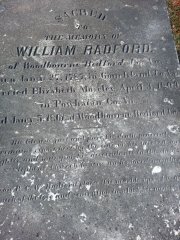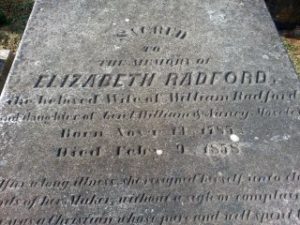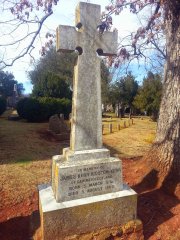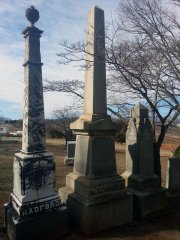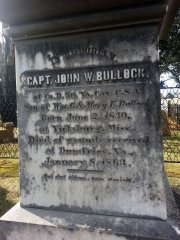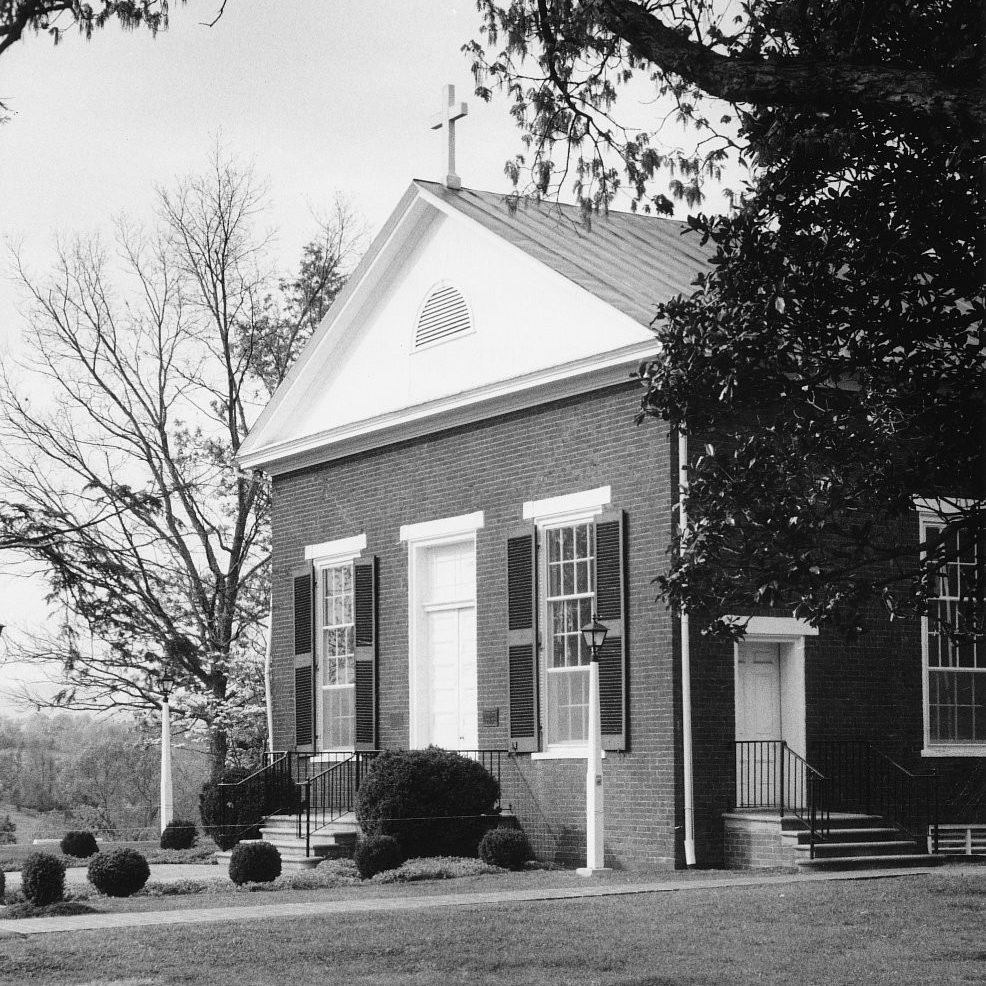History of St. Stephen’s
Saint Stephen’s Episcopal Church was established by the Rev’d Nicholas Hamner Cobbs (later to become the 1st Bishop of Alabama) in 1824. Rev’d Cobbs was also Rector of Trinity Episcopal Church in Boonsboro and would ride his horse from one location to the other to provide Sunday services.
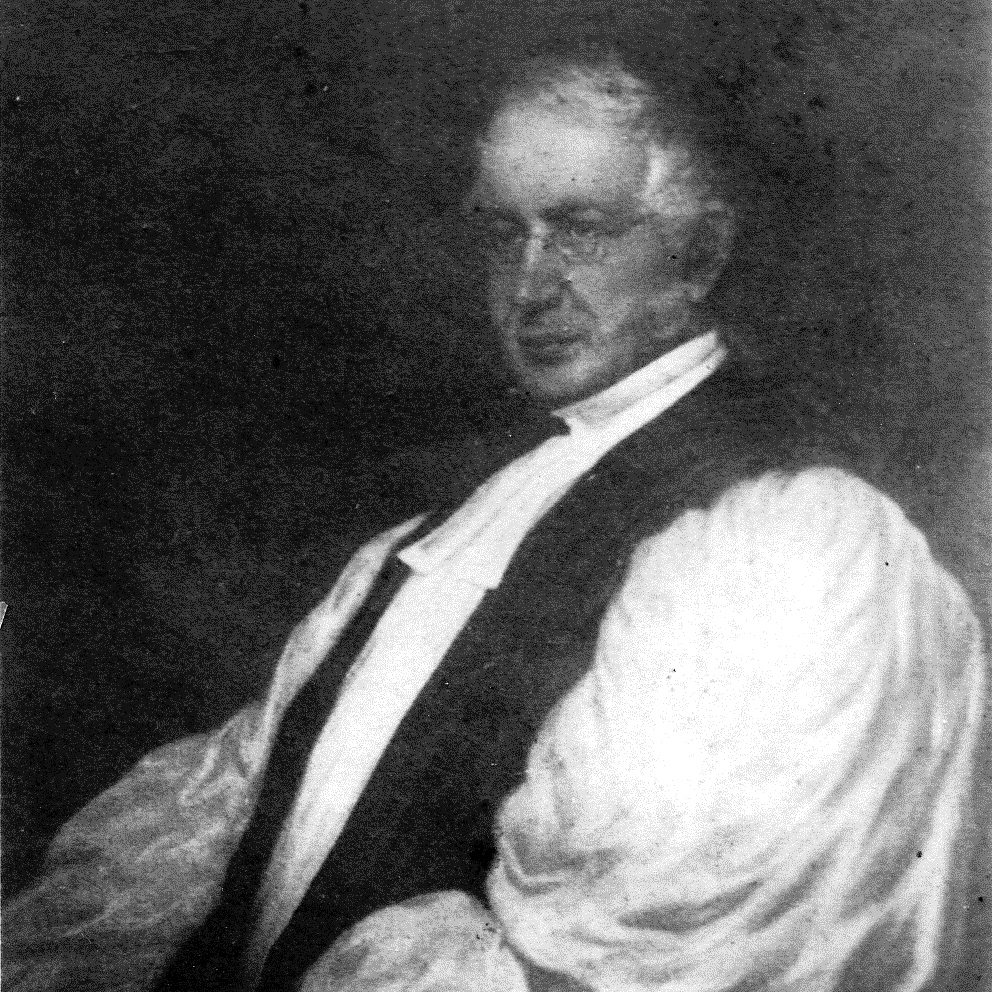
Rev’d Nicholas Hamner Cobbs
The first building was completed in 1825 on land given by Anne Irvine Moseley, the mother of Elizabeth Moseley Radford. Mrs. Moseley had purchased part of the Poplar Forest tract from Martha Jefferson Randolph, the oldest daughter of Thomas Jefferson, who had given the land to his daughter for her dowry in 1790. The present sanctuary was completed in 1844, with a Parish House added in 1955 and our Parish Hall in 1981.
A lack of funds to make necessary repairs closed the church temporarily in 1911, although occasional services were held in the interim. In 1941, at the instigation of Malcolm Griffin, interested families organized to restore and reopen the church. Since that date services have been held continuously.
The church has retained much of the original furnishings, including the pews, the altar rail, and the Bishop’s chair. All the doors and windows are original. In 1897 the gallery at the back of the church was removed, but the side door entrance to the gallery remains. In the same year the wooden ceiling and a recessed chancel were added.
It is believed that the marble baptismal font was installed during this period, since the pedestal bears the label of Lynchburg Marble Works which was in business from 1879-1883.
When the church reopened in the 1940s, the present altar, the Priest’s and Bishop’s chairs (designed by local artisans Julian and George Lindsey), and the altar cross and prayer stand were given as memorials.
The Tiffany-styled stained glass window above the altar was given by a subscription raised by Miss Ethel Dirom. The window was ordered from a New York workroom.

St. Stephen’s Stained Glass Windows
In 2004, a renovation project was completed that expanded the choir area and opened up the area where the Word is proclaimed through reading and preaching.
With thanksgiving and gratitude for our past, we live boldly in the present even as we imagine a glorious future in God, for God is always preparing for God’s people “better things than we can ask or imagine.”
Saint Stephen’s Episcopal Church has been placed on the National Register of Historic Places.
Historic Cemetery
The St. Stephen’s Church Cemetery was created in 1844 when William and Elizabeth Moseley Radford entered into a conveyance for the purpose of (1) confirming the lost title to the original Church land donated by Elizabeth’s Mother, Ann Irvine Moseley, and (2) enlarging the property for “a burying ground for the use of the Church.” The Cemetery has since increased in size due to several land conveyances.
